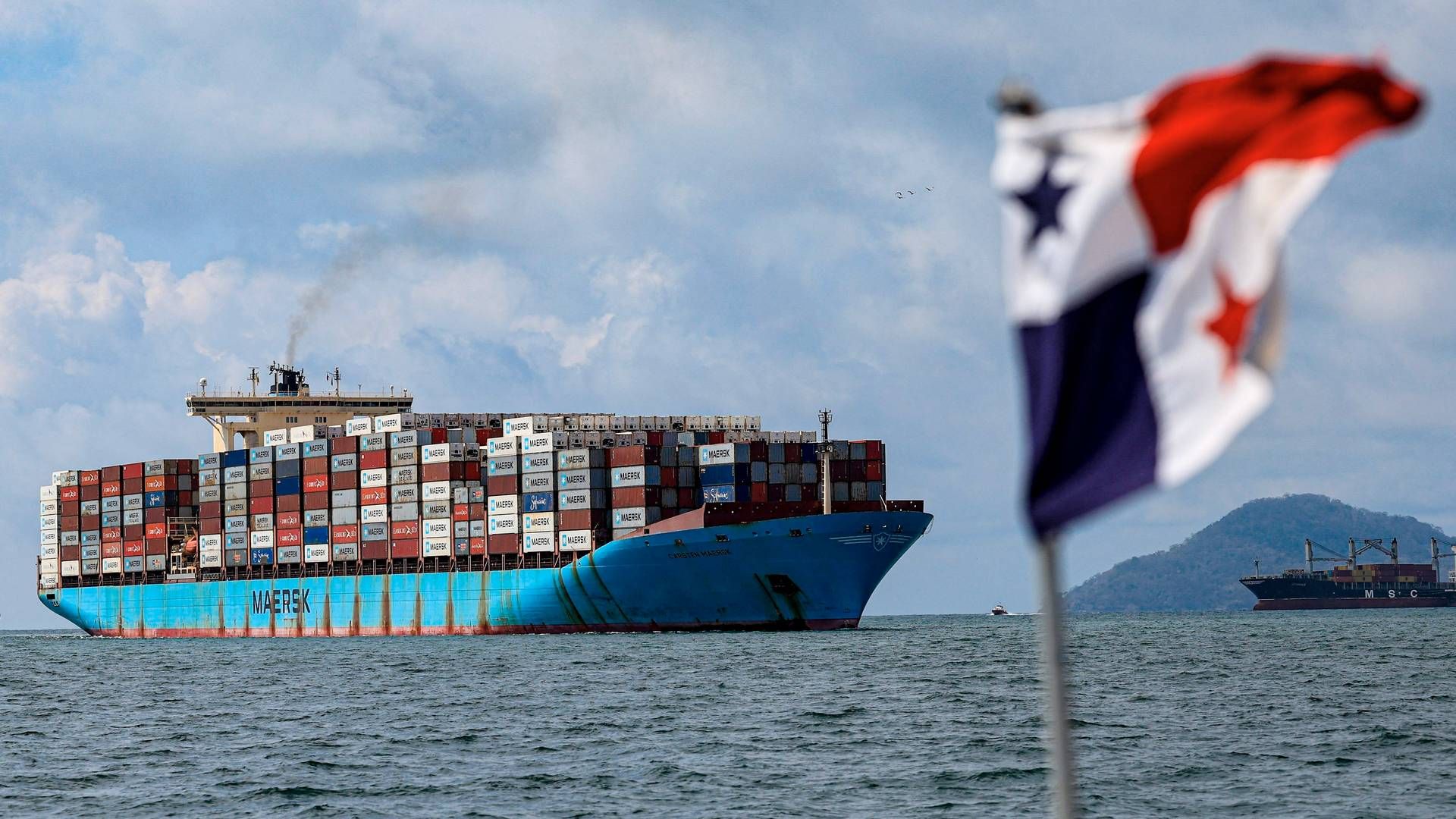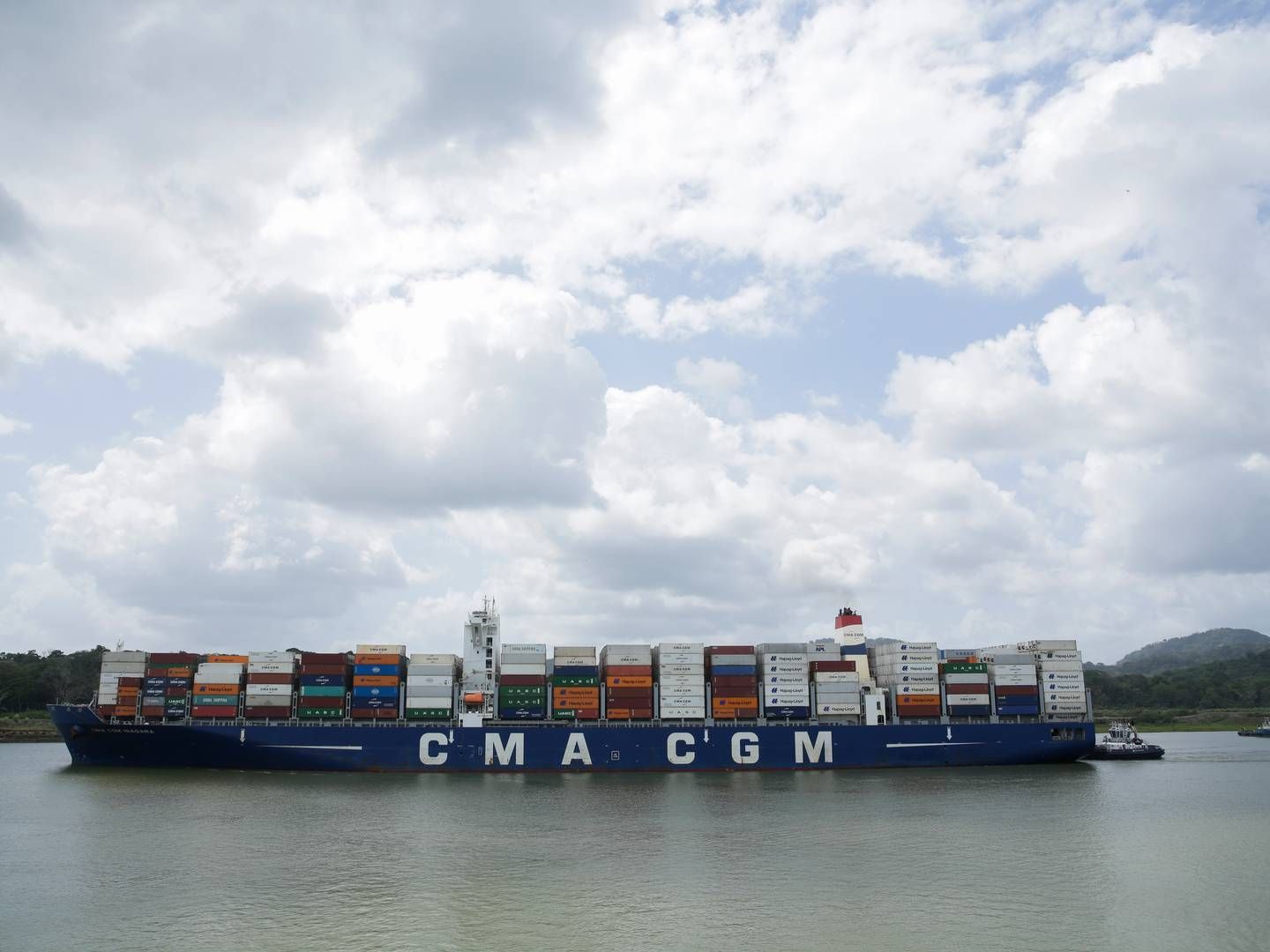Higher water levels to allow more vessels to use Panama Canal

From May onwards, more ships will be able to sail through the Panama Canal, where activity has recently been limited due lower water levels caused by drought.
The new limits were announced by the canal’s operators on Monday local time, according to the news agency Reuters.
According to the plan, 24 ships will be able to sail through the canal daily between May 7 and 15. After that, the number will be increased to 31 starting May 16.
From June 1, 32 ships will be able to cross the canal daily.
Just a few days ago, plans for a ”dry alternative” to the canal were presented.
The canal normally accounts for around six percent of global shipping freight.
However, droughts caused by climate change and the El Niño weather phenomenon forced authorities to reduce the number of ships that can pass through the canal between the Pacific and Atlantic Oceans.
The dry alternative will carry goods via existing railways, airports and ports.
The Panama Canal is one of the most important waterways in the world. Around 14,000 ships pass through the approximately 80 kilometer long waterway every year. 200 million liters of water are needed for each ship that passes through.
The Panama Canal works through lock system, where passing ships are gradually raised or lowered to fit the next level of the canal. In 2016, it was expanded with a third passage, the widest to date.
This expansion allowed twice as many ships to pass through the canal, avoiding the long voyage south of South America.
(Translated using DeepL with additional editing by Catherine Brett)
Related articles
Stolt-Nielsen reports strong conditions for chemical tanker
For subscribers
Monjasa sold more marine fuel in 2023 but earnings fell
For subscribers




















